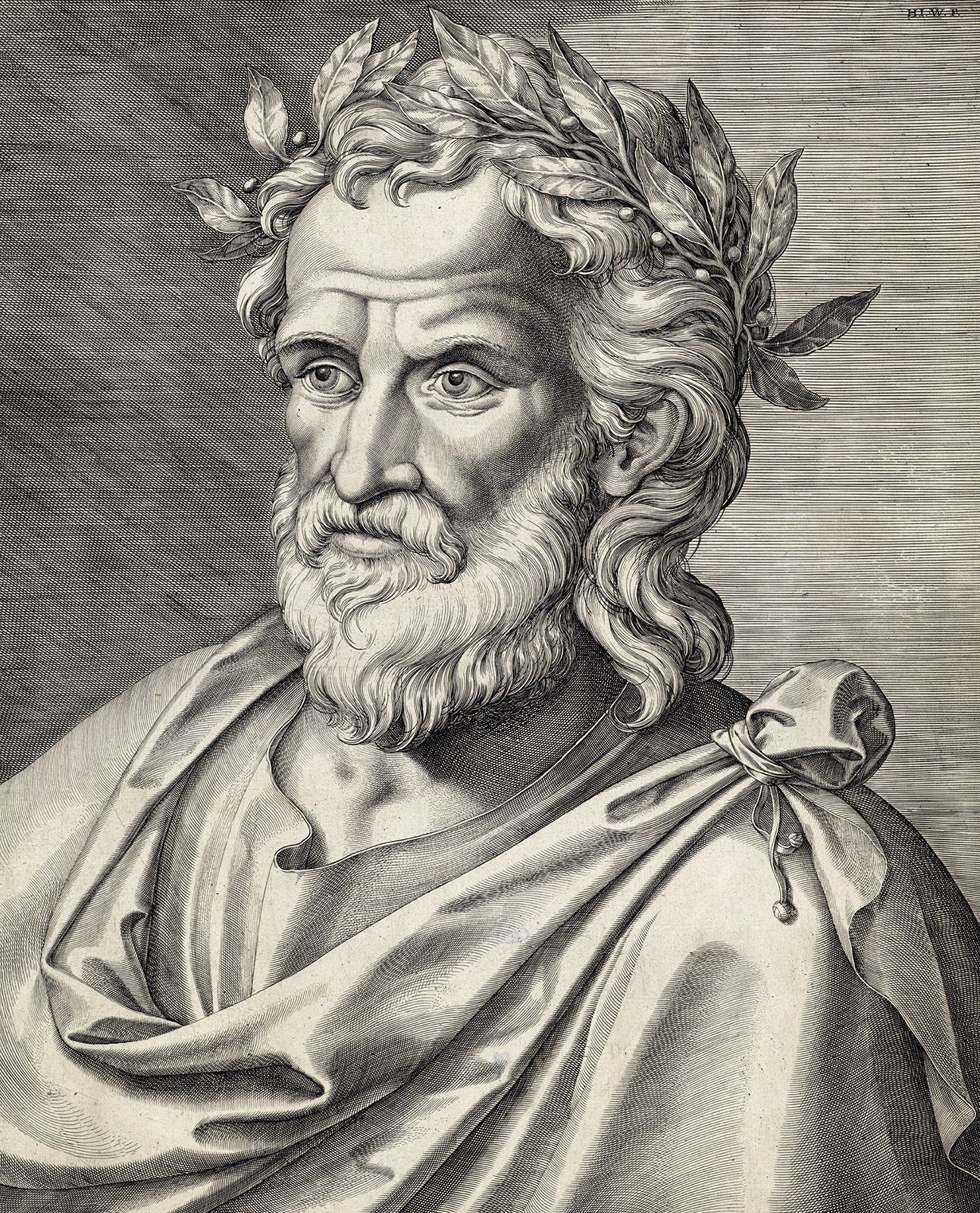The Odyssey is an epic poem comprising 24 books, traditionally credited to the ancient Greek poet Homer. It narrates the arduous journey of Odysseus, the king of Ithaca, as he strives to return home after the Trojan War. His voyage spans ten years, though the poem focuses on the final six weeks of his adventures. Upon his return, he is recognized only by his loyal dog and a nurse. With the assistance of his son, Telemachus, Odysseus overcomes the persistent suitors of his faithful wife, Penelope, and reclaims his rightful place in his kingdom.
This epic tale has captivated readers for centuries, exploring themes of perseverance, homecoming, and the struggle against adversity. Let’s delve deeper into the story, its composition, and its enduring legacy.
Unraveling the Narrative Structure of The Odyssey
The Odyssey employs a non-linear narrative. It begins in medias res, throwing the reader into the middle of Odysseus’s adventures, with earlier events revealed through flashbacks narrated by Odysseus himself.
The Telemachy (Books 1-4): The first four books center on Ithaca, where Penelope, Odysseus’s wife, and their son, Telemachus, grapple with the arrogant suitors vying for Penelope’s hand, all while losing hope for Odysseus’s return from the Trojan War. Telemachus embarks on a secret journey to the Peloponnese, seeking information about his father from Nestor and Menelaus, who fought alongside Odysseus in the war. He learns that Odysseus is still alive.
Odysseus’s Journey (Books 5-12): Books five through eight introduce Odysseus as he is released from captivity by the nymph Calypso on the island of Ogygia. He endures a shipwreck and lands on Scheria, the land of the Phaeacians. In books nine through twelve, Odysseus recounts his harrowing journey to the Phaeacians. He describes encounters with the Lotus-eaters, the cannibalistic Laestrygonians, and the sorceress Circe. He also tells of his escape from the Cyclops Polyphemus’s cave, navigating between Scylla and Charybdis, and the shipwreck that left him alone on Ogygia.
 Homer
Homer
The Return to Ithaca (Books 13-24): The second half of the poem finds Odysseus back in Ithaca, facing new challenges. He meets Athena, his protector goddess, and reveals himself to his faithful swineherd Eumaeus and then to Telemachus. Together, they devise a plan to eliminate the suitors who have been relentlessly pursuing Penelope during Odysseus’s absence. With the help of Telemachus, Eumaeus, and Philoetius, Odysseus slays the suitors and reclaims his family and kingdom.
The Odyssey: Composition, Translation, and Historical Context
Scholars estimate that the Odyssey was written between 725 and 675 BCE. The poem was intended for oral performance, consisting of 12,109 lines in dactylic hexameter. The original work may not have been divided into the 24 books we know today. It was likely written on papyrus scrolls and potentially stored on 24 separate rolls due to its length.
The authorship of the poem and Homer’s literacy are subjects of scholarly debate known as the “Homeric Question.” Until the 15th century, copies of the Odyssey were handwritten in Greek. The first printed version in Greek was produced in Florence in 1488. Vernacular translations emerged in Europe during the 16th century. Translating the ancient Greek meter into contemporary languages posed a challenge, requiring translators to adapt and invent words to maintain the rhythm.
The Enduring Legacy of The Odyssey
The Odyssey remains a cornerstone of Western literature. Its themes of homecoming, perseverance, and the battle against adversity resonate with readers today. The poem’s rich characters, vivid imagery, and adventurous plot have inspired countless adaptations, retellings, and artistic interpretations across various media. The story of Odysseus continues to captivate and inspire, solidifying its place as one of the greatest epic poems ever written.
